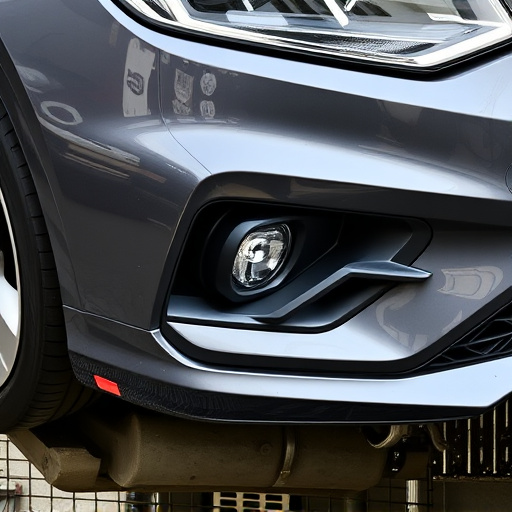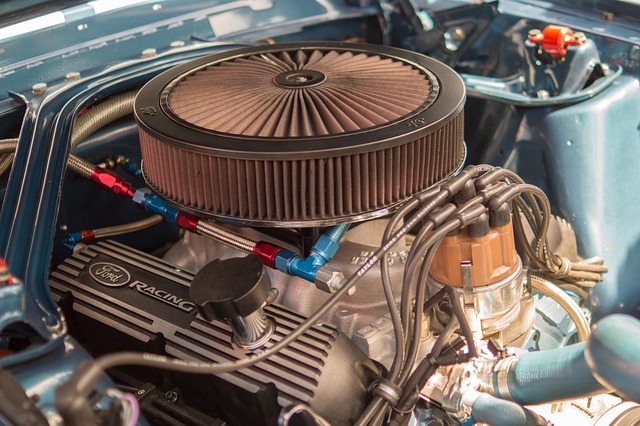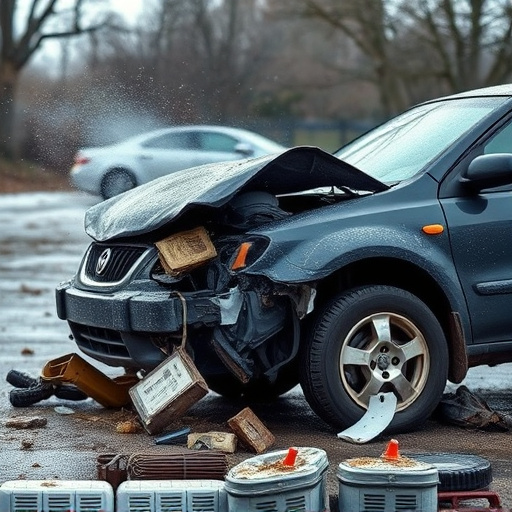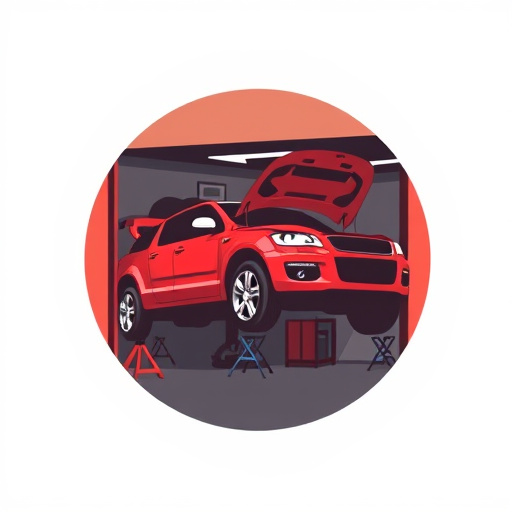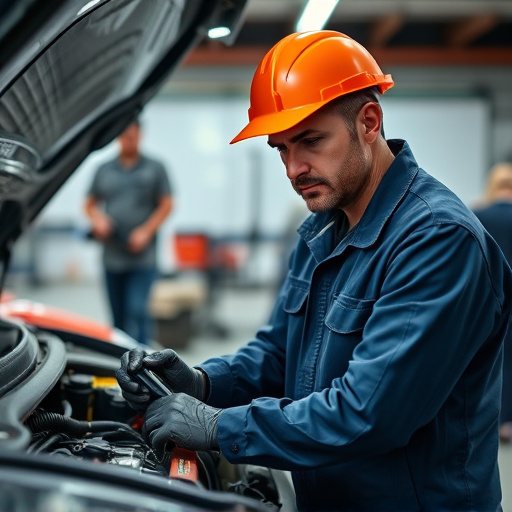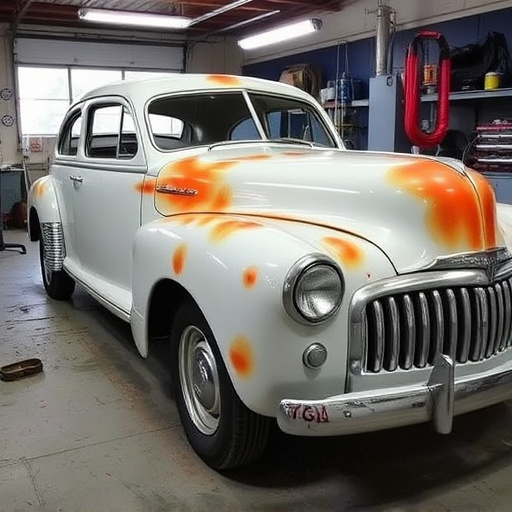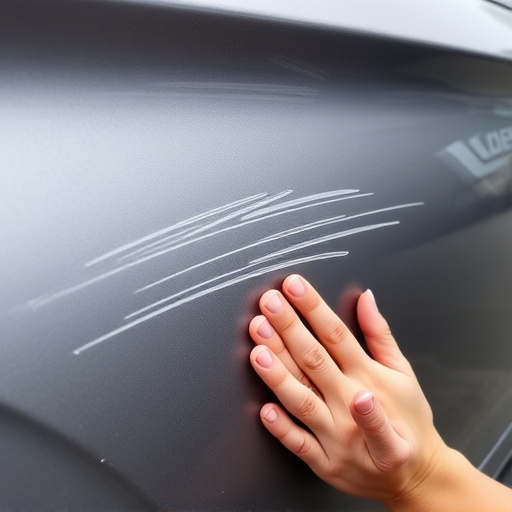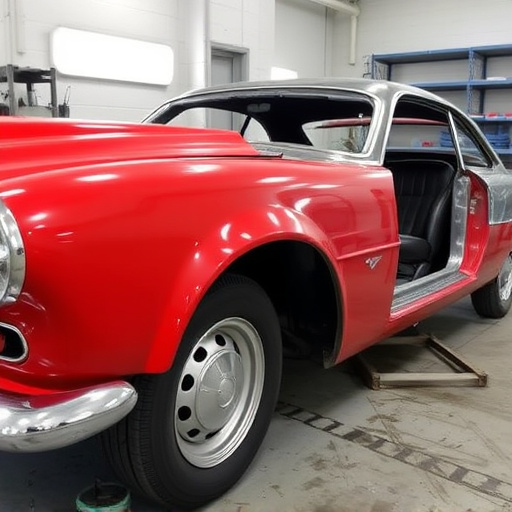After a collision, proper AC system collision repair is crucial for vehicle comfort and safety. Mechanics perform thorough visual inspections and diagnostics to identify issues like refrigerant leaks, compressor failures, and sensor malfunctions. Specialized tools ensure accurate problem detection, leading to effective repairs and restored AC functionality.
After a collision, your car’s air conditioning (AC) system may present cooling problems. Diagnosing these issues is crucial for effective repair. This article guides you through understanding the basics of the AC system and its components, identifying post-collision damage through visual checks and diagnostics, and troubleshooting common cooling issues that arise after collision repair. By following these steps, you’ll be better equipped to navigate the process and ensure your AC system functions optimally again.
- Understanding AC System Basics: Components and Functionality
- Identifying Post-Collision Damage: Visual Checks and Diagnostics
- Troubleshooting Common Cooling Issues After Collision Repair
Understanding AC System Basics: Components and Functionality

An AC (air conditioning) system is a complex network of components working together to cool your vehicle’s interior. At its core are key elements like the compressor, condenser, evaporator, and thermostat. The compressor circulates refrigerant gas, which absorbs heat from inside the car and releases it outside. The condenser cools the high-pressure gas, transforming it into a liquid. This liquid then travels to the evaporator, where it expands and absorbs heat from the cabin air. The thermostat ensures the system operates at the desired temperature setting. Understanding these fundamentals is crucial for effectively diagnosing problems, especially after a collision, as each component can be affected by impact forces during automotive collision repair.
In a collision center or auto body shop, post-crash AC system cooling problems may arise due to damage to these components. For example, a crushed condenser or blocked evaporator coils can impede the flow of refrigerant, leading to poor cooling performance. A skilled technician will inspect each part for signs of damage and ensure proper functionality during the automotive collision repair process. This meticulous attention to detail is vital to restore not just your vehicle’s comfort but also its overall safety and efficiency.
Identifying Post-Collision Damage: Visual Checks and Diagnostics

After a collision, one of the first steps in diagnosing an AC system cooling problem is to conduct thorough visual checks and diagnostics. Inspecting the car’s exterior for any visible signs of damage is crucial; this includes looking for dents, cracks, or leaks in the AC components such as the compressor, condenser, and evaporator coils. Even minor impacts can cause internal damage that may not be immediately apparent.
Professional auto repair services often employ advanced diagnostic tools to identify post-collision damage. These tools can detect issues like pressure imbalances within the system, electrical malfunctions, or leaks in the refrigerant lines. By combining visual assessments with these diagnostics, experienced mechanics can accurately pinpoint the source of the problem, ensuring effective car body restoration and getting your AC system back up and running smoothly.
Troubleshooting Common Cooling Issues After Collision Repair
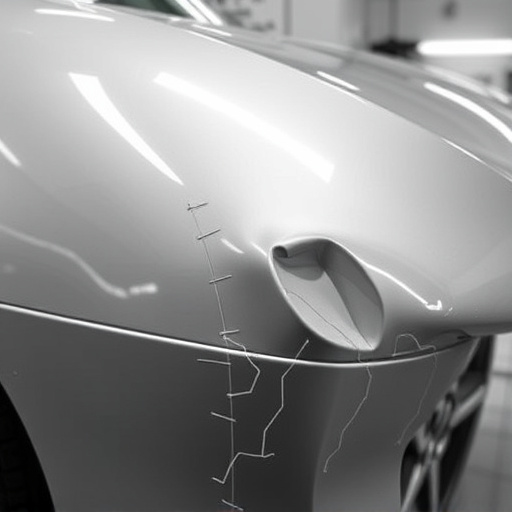
After a collision, it’s common for an AC system to experience issues due to the stress and potential damage incurred during the accident. Troubleshooting these problems requires a systematic approach, starting with identifying common culprits. One frequent issue is a leak in the refrigerant lines or components, which can be caused by cracked hoses, seals, or valves. These leaks not only reduce cooling efficiency but may also pose environmental concerns due to the release of hazardous refrigerants.
Another typical problem involves a failure in the compressor, which is responsible for circulating refrigerant throughout the system. A compromised compressor can result in inadequate cooling or even complete malfunction. Additionally, sensors and control modules might be affected, leading to incorrect temperature readings and improper regulation of the AC. Auto body shops skilled in AC system collision repair employ diagnostic tools to pinpoint these issues, ensuring effective vehicle repair and customer satisfaction.
Diagnosing post-collision AC system cooling problems requires a thorough understanding of the components and their functionality, as well as identifying potential damage. By performing visual checks and utilizing diagnostic tools, mechanics can effectively troubleshoot common issues that arise after collision repair. With proper maintenance and timely intervention, these systems can be restored to optimal performance, ensuring comfort and efficiency for vehicle owners. When addressing AC system collision repair, a systematic approach and staying informed about the latest diagnostics techniques are key to achieving successful outcomes.

